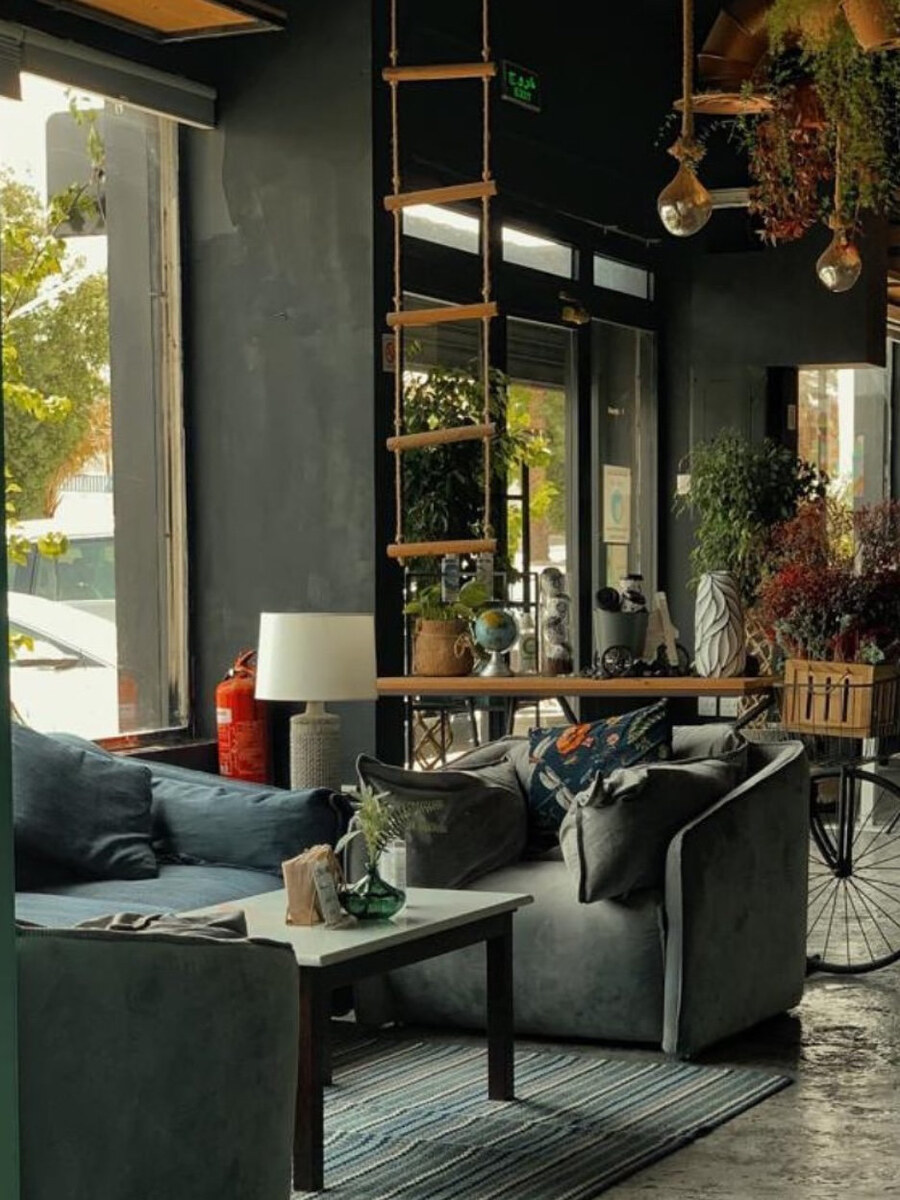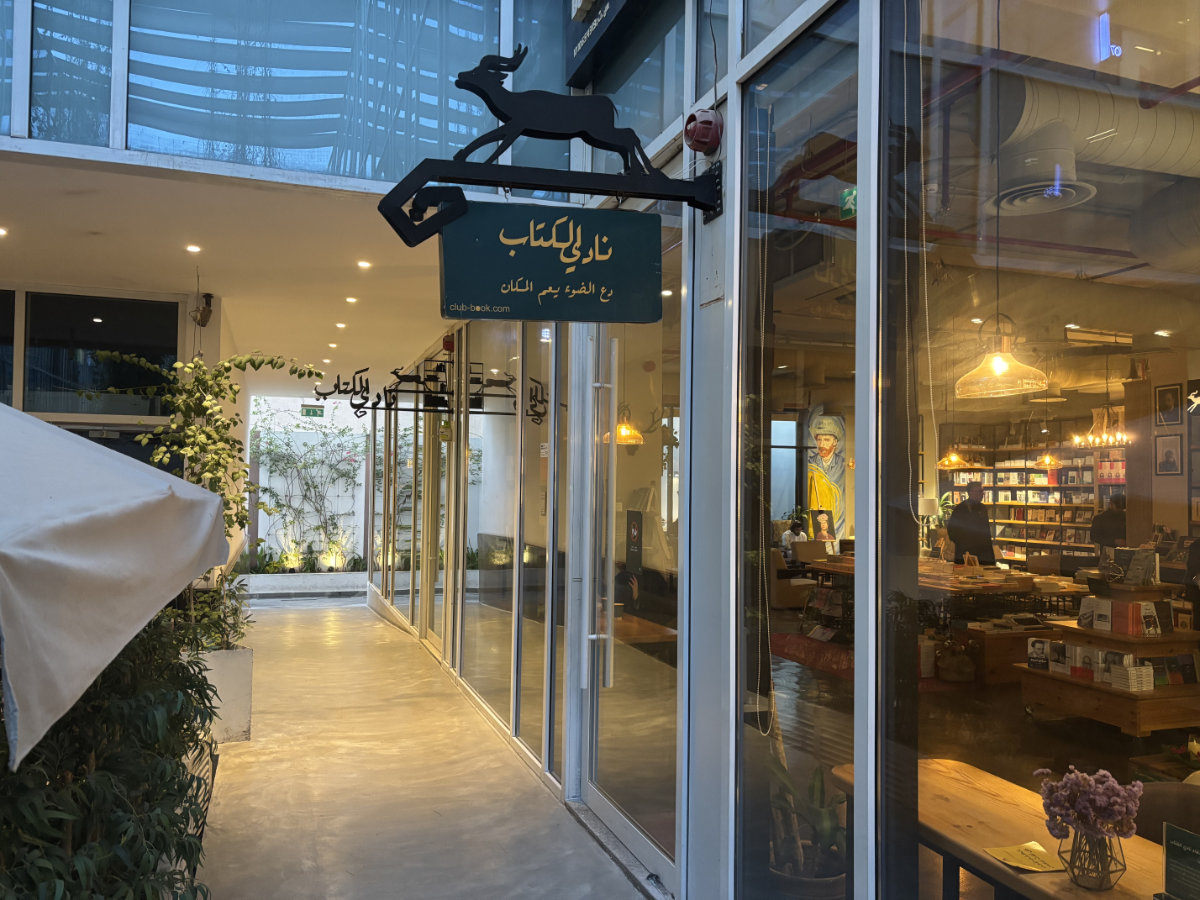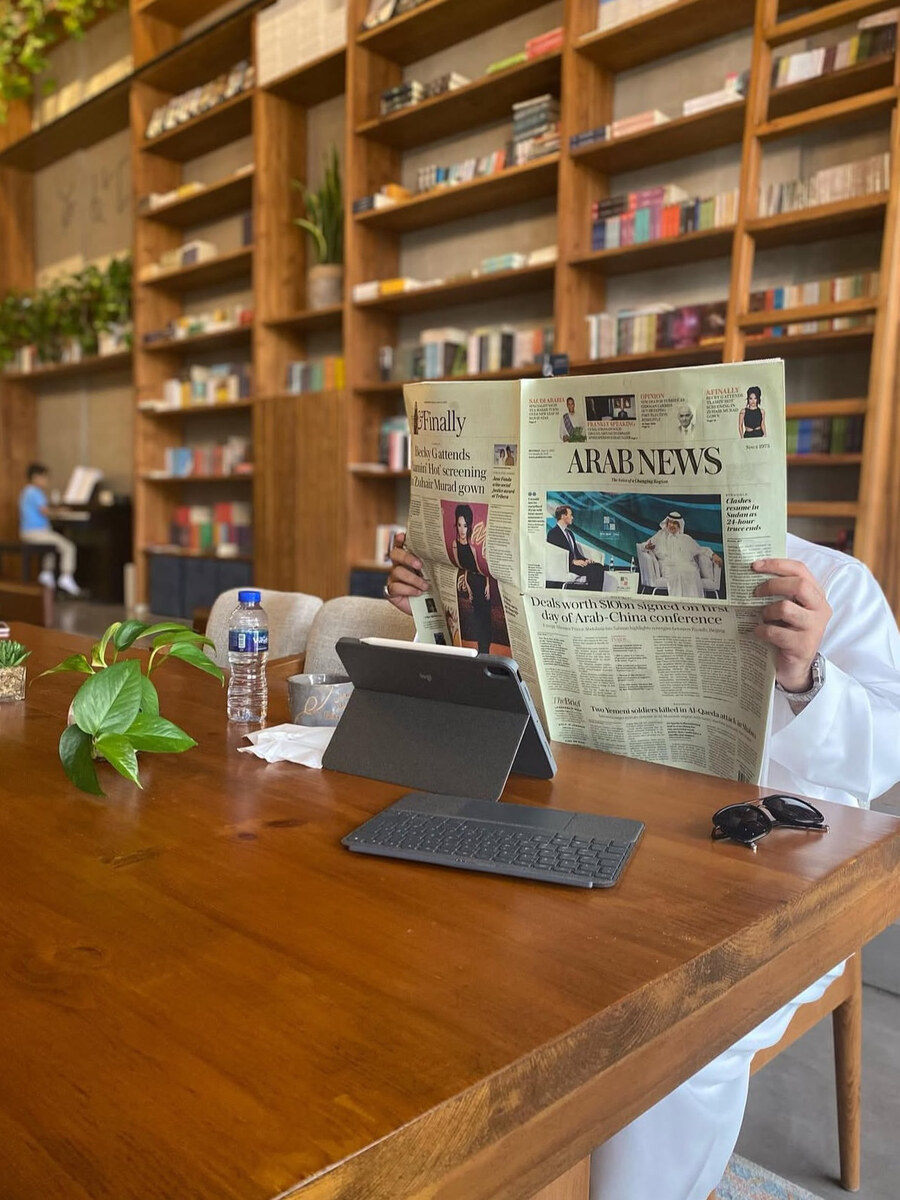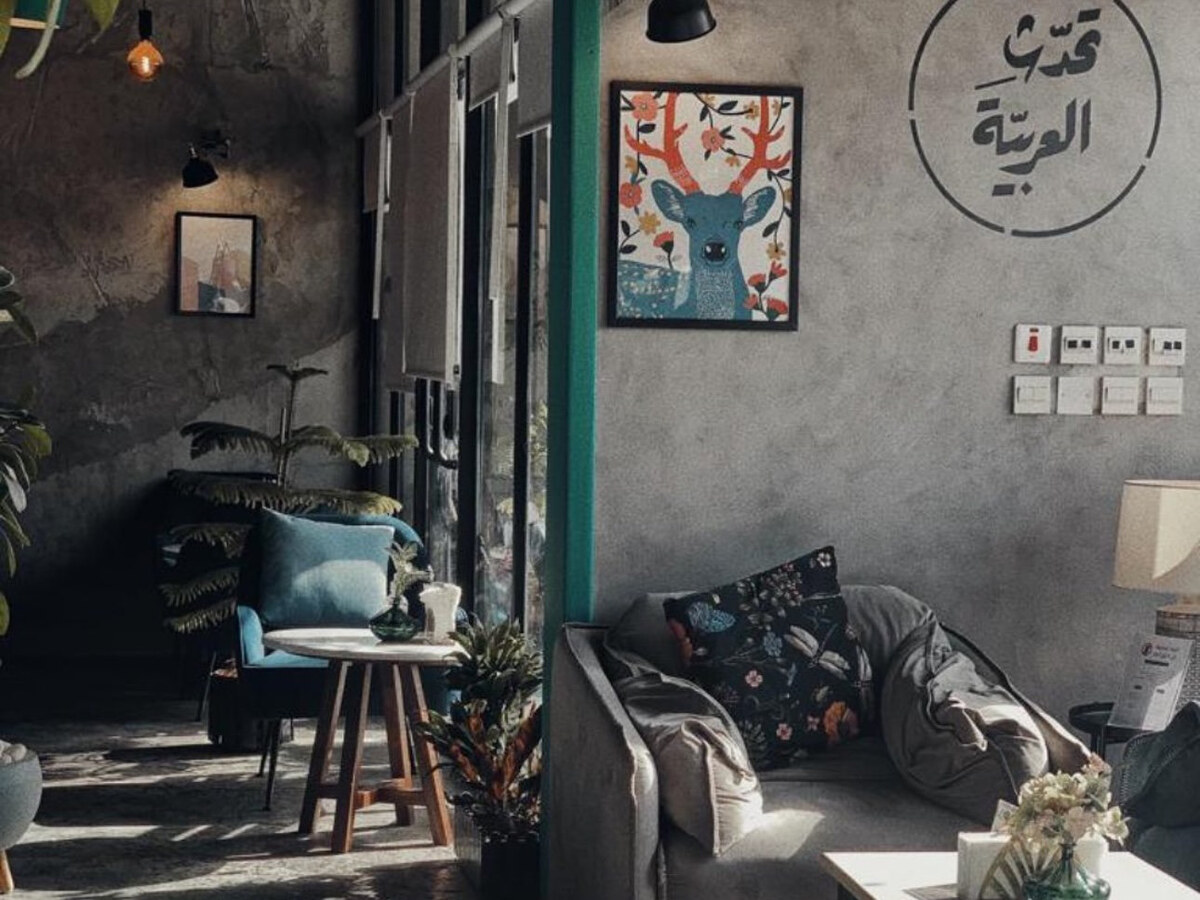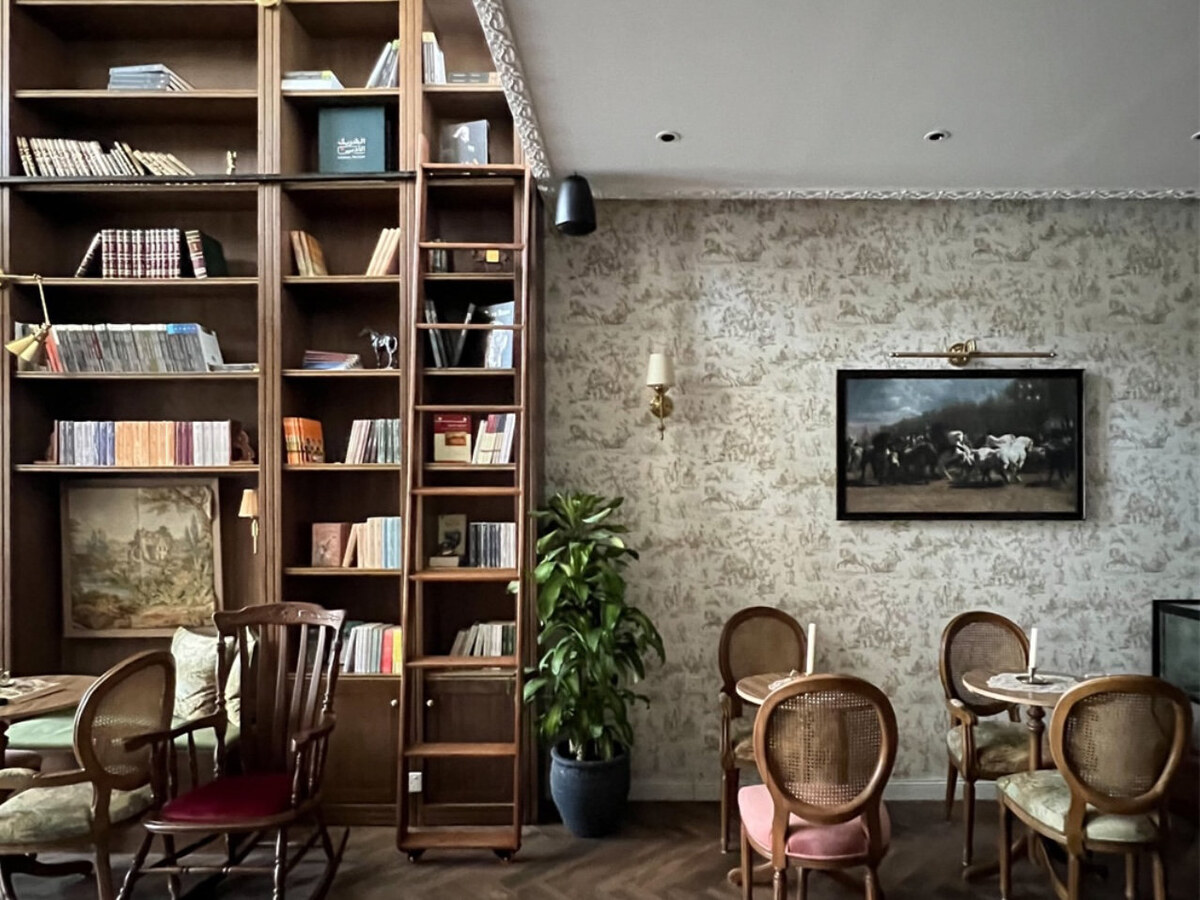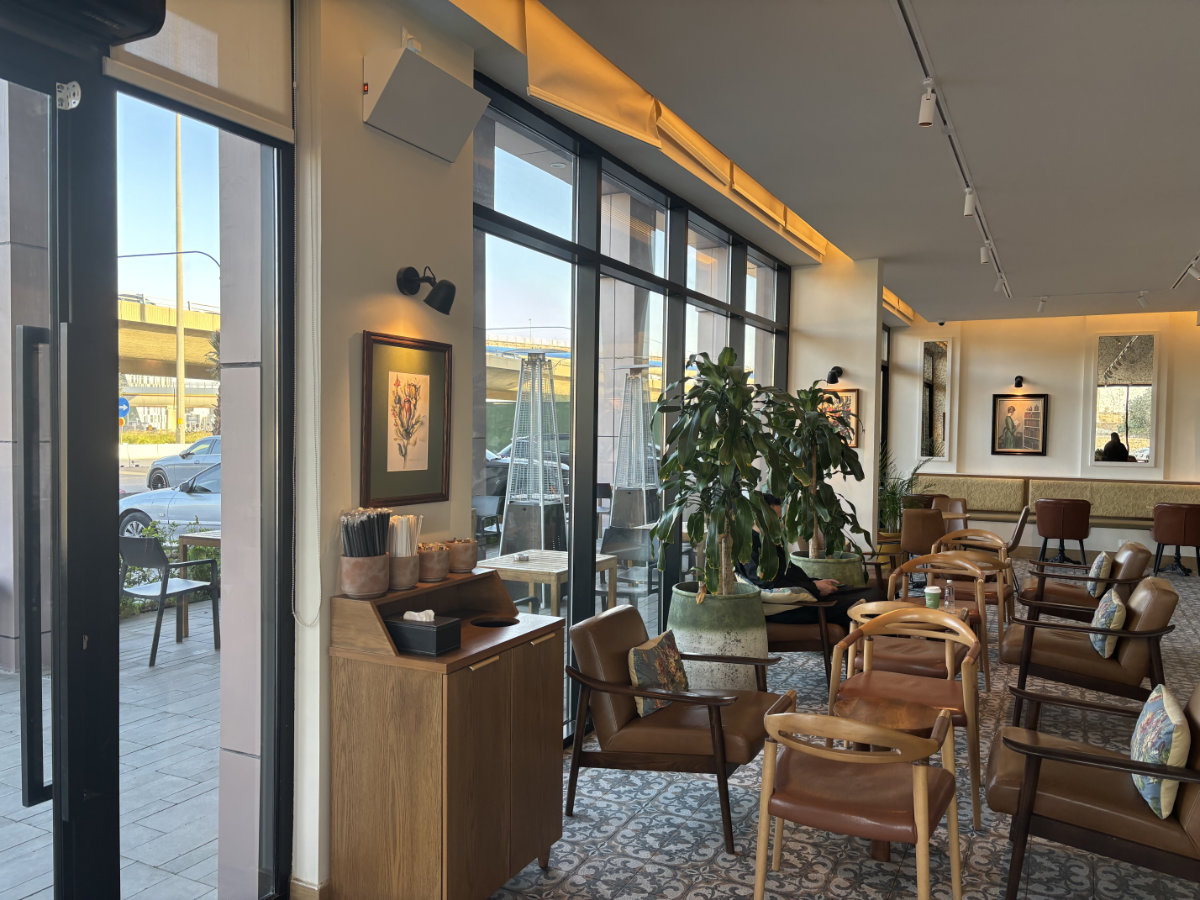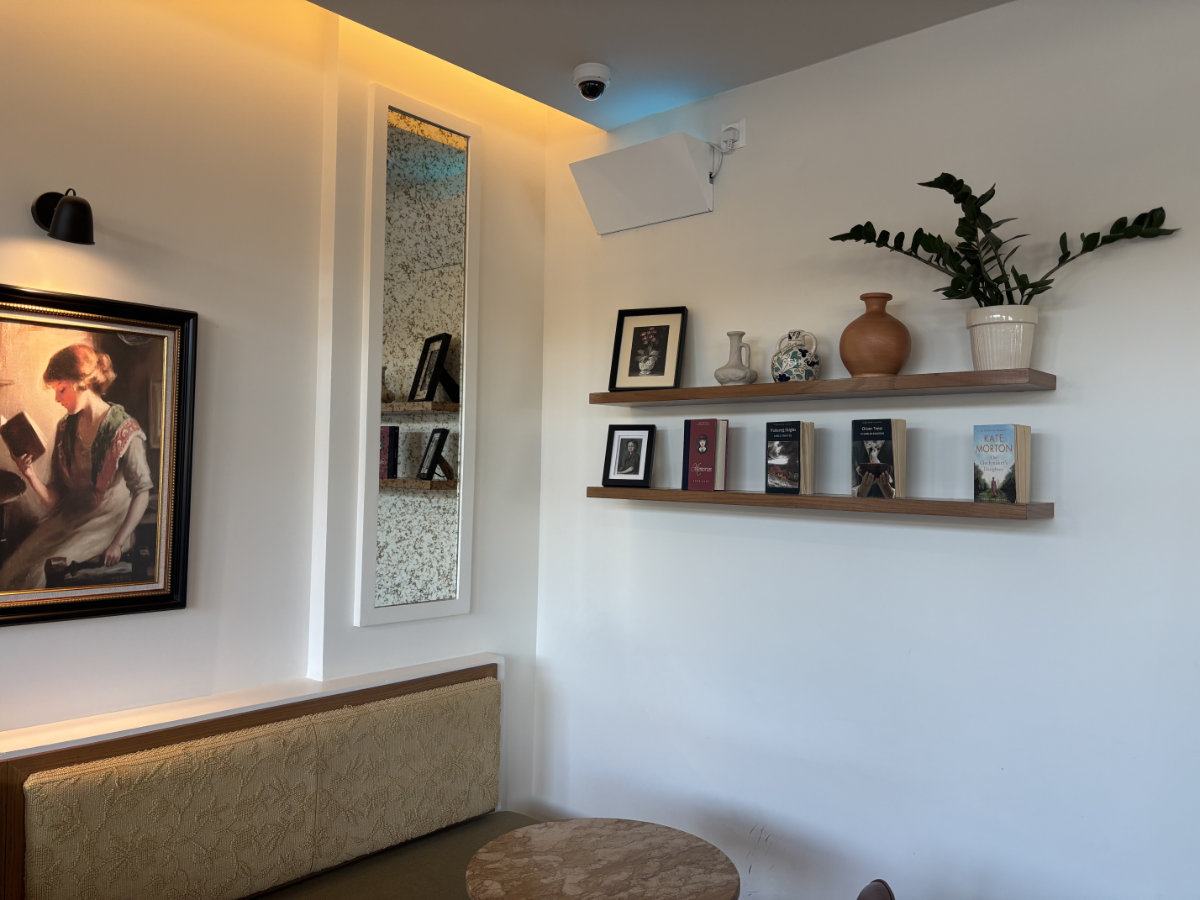“The Arab Imago” offers a new perspective on the history of Middle Eastern photography from the middle of the 19th century until the early 20th.
The book dismisses “photography’s history of service to the colonizers in favor of emphasizing the history of ‘native’ photography in the late Ottoman Arab world.”
In other words, author Stephen Sheehi avoids orientalist photography, which refers to a system of representation of the real Orient shaped to fit an imaginary mold present in a Westerner’s mind.
According to the late Palestinian-American academic Edward Said, orientalism provided a rationalization for European colonization based on a self-serving history in which the West saw the East as extremely different and inferior and therefore in need of Western intervention and rescue.
In contrast to that, “The Arab Imago” focuses essentially on indigenous Arab photography between 1860 and 1910.
Sheehi chose these two dates because they correspond to the rise of the Tanzimat, a series of reforms promulgated between 1839 and 1876 in the Ottoman Empire, and the nahdah or Arab renaissance of the 19th and early 20th centuries, and the end of the Ottomanism concept with the Turkish nationalist coup.
This period also saw the popularization of photography with the rise of the Brownie and Kodak cameras. During this period, the economy of the Arab world was opening up to the world, as Beirut, Cairo, Alexandria and Jerusalem were thriving Ottoman provincial centers.
“Photography and the photograph were enmeshed in the shifting and multilayered social networks of the Ottoman Empire. They participated in facilitating social relations among new individual classes and institutions and ideologically ‘hailed’ the subjects who found themselves so clearly represented in the portrait,” the author writes.
The new ideological vision
The book opens with an introduction to Muhammad Sadiq Bey (1832-1902) who lived in Ottoman Egypt at a time when new forms of education and national institutions were transforming the fabric of society. The camera became a perfect tool to implement the new ideological vision that restructured space and society in order to introduce new means of production and governance. Sadiq Bey was a “product of this very social order.”
When he traveled to the Hijaz in Feb. 1861, Sadiq Bey was the first person to photograph the pilgrimage and the holy sites of Madinah and Makkah. He was also the first to use modern methods and equipment to survey the Hijaz.
“The photographer and the camera captured a ‘view’ (manzhar) that was already organized ‘down to the centimeter’ by the cartographer’s instruments. This capturing of a perspective that was waiting to be scientifically registered was part of not only a project financially and ideologically endorsed by Egypt’s... own modernizing agenda, but also of the nineteenth-century Arab ‘Renaissance,’” Sheehi writes.
It is interesting that as soon as the invention of the daguerreotype was announced in the Ottoman press, Sultan Abdulaziz, the 32nd Sultan of the Ottoman Empire, and his nephew, Sultan Abdulhamid, showed a strong interest in the craft and even learned photography.
It has been said that Sultan Abdulaziz was displeased with a French photographer so his grand vizier advised him to commission the Ottoman Abdullah Freres to take the royal portrait.
A picture of the Ottoman era
Sultan Abdulhamid went on to produce the most prodigious photographic project of the Ottoman era. It resulted in 51 commissioned albums containing more than 1,800 photographs of schools, factories, mosques, bridges, monuments, palaces and character types from every ethnic community. These images have been seen as the true representation of a Muslim country and its citizens at a time when Europeans favored orientalist photography. This project can be seen as “an act of technological modernization” that created new possibilities.
At the same time, photographs were beginning to play a role in business and, most of all, they had a social role as they were meant to be exchanged and displayed among friends, acquaintances and even potential suitors.
“Carte de visite” photographs used a technology patented by Andre Adolphe Eugene Disderi, which marked the beginning of “a new form of photographic mass production” thanks to low costs, which made the form accessible to virtually anyone. The method of producing the small photographs involved a camera equipped with four lenses, which would create in a single exposure eight identical photographs.
Changes in social relations
However according to Stephen Sheehi, it is precisely this mechanized production of portraits that makes it so difficult to write the history of Arab photography. Despite the existence of well-known studios in Cairo, Beirut and Alexandria, the Middle East was saturated with anonymous carte de visite, the origin of which are unknown as the photographers were not known beyond the specific locality in which they worked. These portraits, nevertheless, reflect the profound changes in social relations and the political economy during the late Ottoman era in Lebanon, Palestine and Egypt.
Sheehi’s book ends with a quotation from Shahin Makarius, who elevated the craft of taking a photograph to an art: ”One must do this by representing the most beautiful things in the most beautiful way. Knowing the most beautiful does not come to someone except with time and refinement of taste.”
The rediscovery of Arab portrait photography from 1860 until 1910 is indeed long overdue. My only regret concerns the style of “The Arab Imago.” Sheehi’s narrative is at times tortuous and verbose and in stark contrast with the topic of photography, which literally means “writing with light.”












